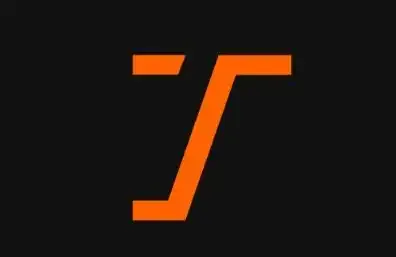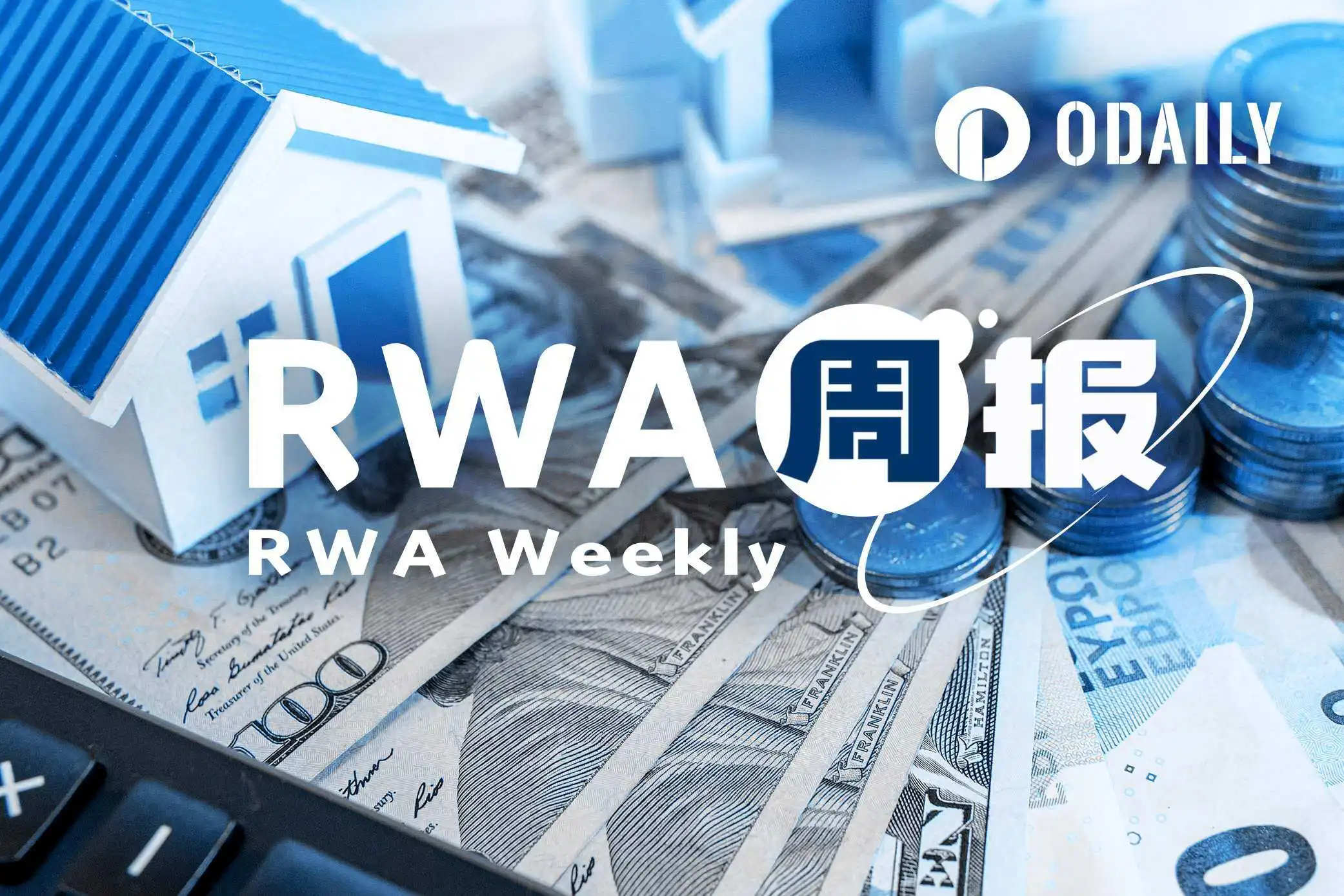Original Author: Yash Agarwal, Founder of SendAI
Translation|Odaily Planet Daily (@OdailyChina); Translator|Azuma (@azumaeth)_

I used to think of the cryptocurrency industry as a whole, but recently my entire perspective has shifted — now I always divide the cryptocurrency industry into two main parts, especially from the builder's perspective, as shown on the left and right sides of the image above:
- Usable Crypto
- Narrative Crypto
Next, I will explain how to properly view them and how to build projects or make money based on these two types.
Pragmatism
Usable cryptocurrencies are often the "best businesses," such as:
- Wallets: Phantom, MetaMask;
- Stablecoins: USDT, USDC;
- Trading platforms: Hyperliquid, Raydium, Jupiter;
- Issuing platforms: pump.fun, and various LaunchPads;
- Bot tools or trading terminals: Axiom;
- DeFi protocols: Aave, Kamino, Lido;
These things are usable, user-friendly, and can generate huge revenues. They often represent the projects with the highest fee income in the cryptocurrency field.

Narrativism
Narrative cryptocurrencies usually have a grand enough story or vision (in the hundreds of billions) that is powerful enough to change the world. Here are some examples:
- Bitcoin: The story of "better money" or "digital gold";
- AI x Crypto: Involving GPU infrastructure and Agent frameworks;
- DeSci or intellectual property projects: such as Story;
- Emerging Layer1 / Layer2: such as stablecoin-driven Layer1, or contract trading-driven Layer2;
- Privacy coins: such as Zcash;
- Restaking or various other infrastructures;
- And the latest x402;
These projects generate almost no income, but because their stories can attract institutions and retail investors, they can drive token prices up.
It is important to clarify that narrative cryptocurrencies and usable cryptocurrencies are not mutually exclusive (in fact, they together form a complete industry landscape).
You can think about it: the number of people actually using Zcash is quite small (with a daily trading volume of 5-10 thousand), but it has gained significant attention due to its strong privacy narrative. This attention can potentially drive actual usage (see the recent surge in data). Similarly, the x402 launched by the Coinbase development team is currently hardly used, but it has recently become a hot topic — speculative behavior can also drive more attention and actual usage.

I always view this situation as a kind of "spectrum" relationship.

Both sides are equally important and can promote each other — narrative cryptocurrencies can drive speculative behavior, which in turn promotes the adoption of usable cryptocurrencies.
In the realm of usable cryptocurrencies, products (users) come first; while in the narrative crypto space, the community reigns supreme.
The Dilemma of Builders
Every builder encounters a dilemma: should they build narrative cryptocurrencies or usable cryptocurrencies?
A simple rule of thumb is: if you are better at attracting attention and have enough charisma to lead a movement (or if you are good at "storytelling" — which is a skill and also a compliment), then you should build narrative cryptocurrencies.
For example, if you excel at token issuance, getting listed on exchanges, and managing relationships in the capital circle, then you should focus on creating a grand narrative and vision. Of course, if the momentum is strong enough, it will eventually become practical. Just like blockchain projects such as Solana, the gathering of capital attracts talent, and talent, in turn, makes the blockchain useful.
If you want to create a narrative project with a market cap of over $1 billion, you must start from first principles and think about what unique possibilities blockchain technology can truly achieve. You need to ask yourself two questions.
- If this vision can be realized, does it have the potential to support a market of hundreds of billions?
- Is it exciting enough to spark a frenzy among retail investors?
For example, Plasma has the narrative of "entering the trillion-dollar stablecoin market," which led to a valuation of $14 billion at TGE, even though there was no actual use case at that time.
Conversely, if you are better at building products, then you should create usable projects that solve problems in a specific niche (like Axiom targeting meme traders, or developing a specific DeFi protocol).
Usable projects focus on creating products that traders or crypto-native users need directly or indirectly — whether it's trading terminals, exchanges, or stablecoins. And these products do not necessarily serve only speculative purposes — for example, stablecoins can also be used for payments and other non-speculative scenarios.
Of course, narrative is still important here. For instance, the "prediction market" narrative of Polymarket itself attracted a large number of users. You can think of "narrative" as a marketing tool.
You can certainly balance both directions, but it's best to focus on one direction to start. Identifying your strengths is difficult; find your core competitiveness.
Trader's Choice
For traders, you must always bet on the "narrative."
You need to bet on what you believe is the most forward-looking narrative line in the coming weeks, months, or even years. Everyone trading tokens is essentially playing a game of "attention arbitrage."
- Buy assets that are gaining attention;
- Sell assets that have already lost their heat.
For example, rotating from perpetual contract tokens to privacy coins, and then to AI concept coins. In a specific narrative, you must bet on the projects that can attract the most attention and have the potential to become leaders or followers.
If they can truly achieve that, your positions will take off.
Conclusion
Usable cryptocurrencies and narrative cryptocurrencies are equally important parts of the cryptocurrency industry.
For builders, you should choose one as a starting point and excel in at least one of "narrative" or "utility." Once you master one direction, then expand to the other — this is the ultimate breakthrough strategy.
Personally, in my full-time entrepreneurial experience over the past year, I have learned this through "hard lessons." I used to always be "moderate" and caught in between the two. But ultimately, this is a game — a game you must play by the market's rules.
免责声明:本文章仅代表作者个人观点,不代表本平台的立场和观点。本文章仅供信息分享,不构成对任何人的任何投资建议。用户与作者之间的任何争议,与本平台无关。如网页中刊载的文章或图片涉及侵权,请提供相关的权利证明和身份证明发送邮件到support@aicoin.com,本平台相关工作人员将会进行核查。




